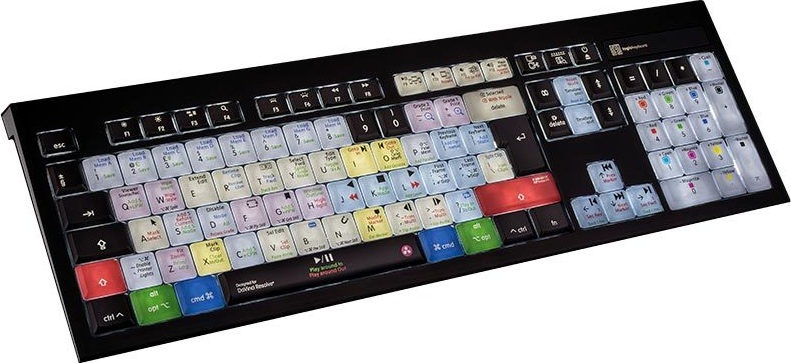

The Resolve Media Pool is where media is loaded into Resolve forĬonform and grading (click on image for larger view). That’s getting an edit into Resolve, grading within the application and getting media back out. There are three points of operation where this review will focus: input, operation and output.

Since the Apple Color market is one of Resolve for the Mac’s primary targets, this review will focus on Resolve for the Mac from a Color user’s point of view. This is usually accomplished with Magic Bullet Colorista, from within Final Cut Pro for some jobs, or a move to Apple Color for others. I’m not a dedicated colorist but rather an editor who does sometimes have to do color correction in his work.

All these extra requirements might come as a bit of a shock to the Apple Color-only user/editor/colorist more accustomed to Color support from mostly the same hardware that supports Final Cut Pro. And you’ll get performance that leaves Apple Color in its wake. Oh, and you can also get a $1,694 Cubix expansion chassis when you run out of PCI slots.īut even with these costs well above and beyond $995, you’re still able to set up a very powerful color-grading system at a fraction of what it would have cost in the past. Plus, there are other potential expenditures like a RED Rocket card and a number of options for a fast RAID hard drive, if you haven’t gone with the internal Mac Pro option. A proper Resolve for the Mac grading system is going to need more hardware.Īdd in a $1,500 Tangent Wave control surface, another $1,000 for a Blackmagic Design DeckLink HD Extreme 3 capture card and some type of grading monitor (a $2,695 Flanders Scientific LM-1770W anyone?) and you’ve spent quite a bit more than $995. That will get you realtime grading playback on your computer monitor, provided the rest of your Mac Pro is up to spec check the Mac Configuration Guide for details. But know that you’ll also need, in the very least, an NVIDIA graphics card, such as the latest Quadro 4000 for Mac, roughly another $1,000, or an older Quadro FX 4800, which sells for a bit more. So for $1,000 you can own what is a similar software tool to the color-grading systems used to grade features like Avatar, Terminator Salvation and the recent Robin Hood. There’s even been a couple of maintenance updates that have added bug fixes and new functionality. So while it costs a bit more than $995 for a good Resolve on the Mac system, this introduction meant there was now a powerful and affordable standalone color-grading option to compete with Apple Color.įast-forward to 2011. There was also some pretty stiff and specific hardware requirements to get it running properly for reliable realtime performance. There was indeed a $995 software-only version for the Mac.

Once the door to the NAB exhibits opened that Monday everyone could see for themselves the reality of the new DaVinci.


 0 kommentar(er)
0 kommentar(er)
